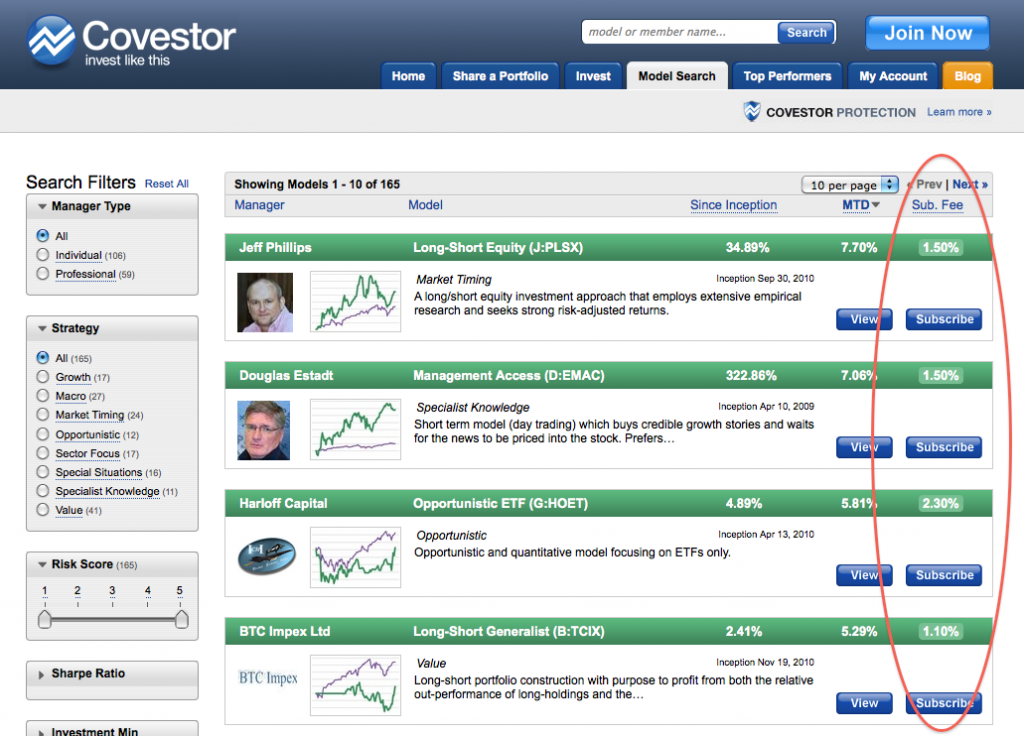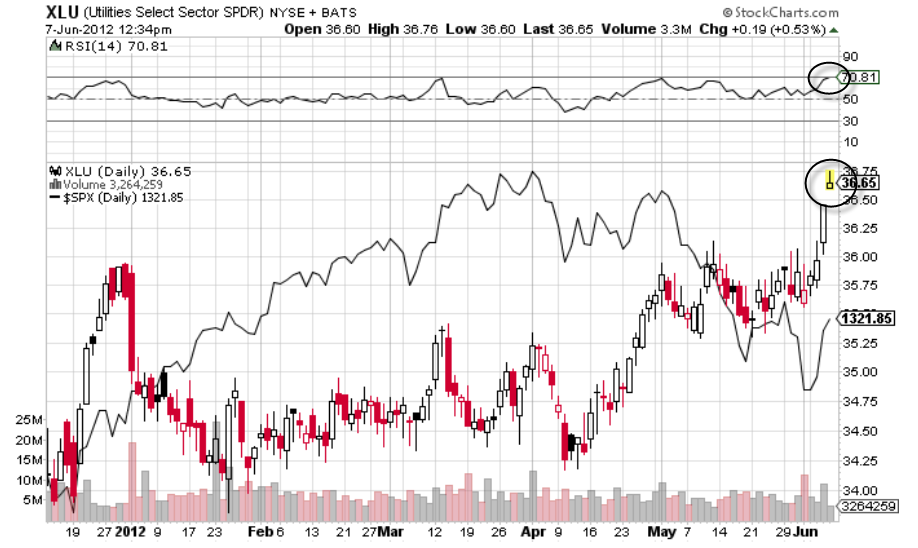 Matthew Yglesias (at right), Fellow at the Center for American Progress Action Fund, is frustrated, and for good reason. Yglesias was considering investing some of his 401(k) for retirement in John Hancock’s International Value Fund, a mutual fund available within his employer’s plan. Of course, one of the things Yglesias wants to know at the outset is what John Hancock would charge in management fees. But as with many mutual funds, that’s exceedingly hard to locate:
Matthew Yglesias (at right), Fellow at the Center for American Progress Action Fund, is frustrated, and for good reason. Yglesias was considering investing some of his 401(k) for retirement in John Hancock’s International Value Fund, a mutual fund available within his employer’s plan. Of course, one of the things Yglesias wants to know at the outset is what John Hancock would charge in management fees. But as with many mutual funds, that’s exceedingly hard to locate:
as I poke around the John Hancock website it’s devilishly difficult to figure out what the actual fees are. If I look at their “International Value Fund” option, for example, the fees are nowhere to be found under the heading of “portfolio highlights.”
Yglesias finally locates the relevant section on the Expense Ratio… sort of. It consists of over 400 words that still don’t really answer his simple question. Take a deep breath before diving in:
Expense Ratio (ER), also known as the Annual Investment Charge (AIC) This material shows expenses for a specific unit class for investment options available under a John Hancock USA group annuity contract. The Expense Ratio (ER) includes John Hancock USA’s administrative maintenance charge (AMC), sales and service fee, and the expenses of any underlying mutual fund (based on expense ratios reported in the most recent prospectuses available as of the date of printing) and is subject to change. John Hancock USA’s AMC will be reduced if John Hancock USA or an affiliate receives asset based distribution charges (“12b-1 fees”), sub-transfer agency fees, or other fees from an unaffiliated underlying mutual fund or its agent(s). These fees, collectively, range from 0% to 0.50%. The amount of the AMC charged under each sub-account has been determined net of such fees. The underlying fund expense is determined by the underlying mutual fund company and may be increased or decreased at any time to reflect changes in the expenses of the underlying mutual fund or other factors. In addition, some fund companies charge exchange or redemption fees for mutual fund shares held for less than a certain period of time. Any such charges would be deducted from the value of a participant’s account. The ER applies daily at a rate equivalent to the annual rate shown, and may vary to reflect changes in the expenses of an underlying mutual fund and other factors. The ER does not include any contract-level or participant recordkeeping charges. Such charges, if applicable, will reduce the value of a participant’s account. For internally-managed Funds advised and sub-advised exclusively by John Hancock’s affiliates, the total fees John Hancock and its affiliates receive from these Funds may be higher than those advised or sub-advised exclusively by unaffiliated mutual fund companies. These fees can come from the Fund or trust’s Rule 12b-1, sub-transfer agency, management, AMC or other fees, and may vary from Fund to Fund. Except for certain asset allocation portfolios (i.e., the Lifecycle Portfolios, Lifestyle Portfolios, Core Portfolios and the Guaranteed Income Feature Portfolios), John Hancock uses the revenue received from 12b-1, sub-transfer agency, and management fees to determine the AMC for that Fund, such that the sum of 12b-1, sub transfer agency, management fees and AMC received by John Hancock equals 0.50%. For the most current Expense Ratio information available for each investment option, please refer to the most recent monthly “Returns and Fees” listing available from John Hancock USA upon request. For more information, please contact your financial representative.
Yglesias, exasperated:
It’s almost as if they want to make it as hard as humanly possible for you to find out exactly how bad they’re screwing you and what steps you can take to minimize the extent to which you get screwed.
Reuters’ Felix Salmon wants the government’s new Consumer Financial Protection Bureau to take action on fee statements like the one Yglesias encountered:
The upshot of all [John Hancock’s] prose? If you want to find out the fund’s expense ratio, you have to phone up John Hancock and ask them to send you its most recent “Returns and Fees” document — which of course isn’t simply available online, and which is subject to change in unpredictable ways in future.
This kind of thing seems tailor-made for the Consumer Financial Protection Bureau to crack down on.
This is one of our core principles at Covestor. Investors deserve to know exactly what they’ll pay in management fees, and we try to make that as clear as possible at every stage. Here’s how we present fees on our main model search page (click to enlarge):
Here’s our Mirroring Account Fees page describing how this works. It’s simple: a straightforward management fee and brokerage charges. Nothing hidden, no jibberish, and nothing frustrating about it. Investors deserve nothing less.
Sources:
“Fee Ratio” Matthew Yglesias, 4/4/2011
http://yglesias.thinkprogress.org/2011/04/fee-ratio/
“Obfuscation of the day, John Hancock edition” Felix Salmon, Reuters 4/4/11
http://blogs.reuters.com/felix-salmon/2011/04/04/obfuscation-of-the-day-john-hancock-edition/





